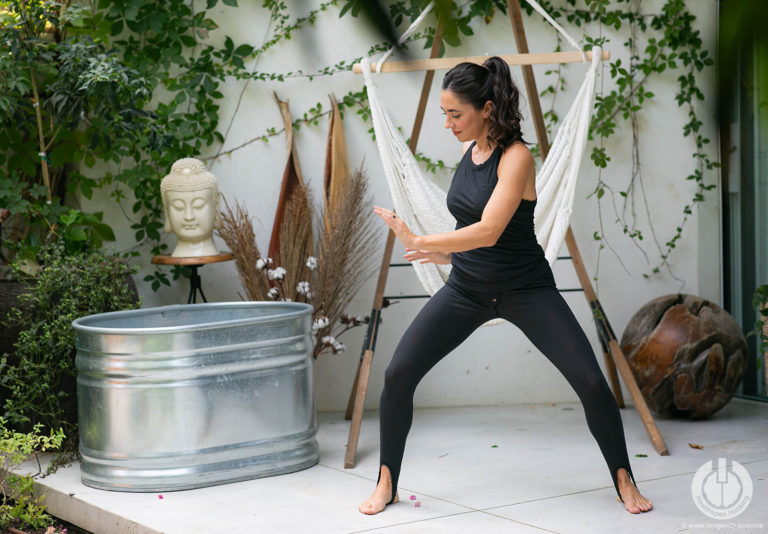When was the last time you stood up? Was it more than half an hour ago?
While it’s true that sitting and lying down gives relief to our bodies, resting too much only causes harm. If you’re living a sedentary lifestyle, you increase the chances of chronic diseases, turbulent mental health, and even early death [1].
You might be thinking, “Well, I don’t stay sedentary that much.”
But with how our modern society is designed, see how this daily schedule may sound familiar:
- Wake up from a 7-hour sleep [2] and sit down for breakfast. You then sit in a car for half an hour [3] to get to your office.
- Complete your 9-5 job inside a cubicle, where you only stand up for bathroom breaks or to have lunch—which you enjoy while sitting down.
- Take another car ride home, where you’ll sit down for dinner and sit down to relax by the TV.
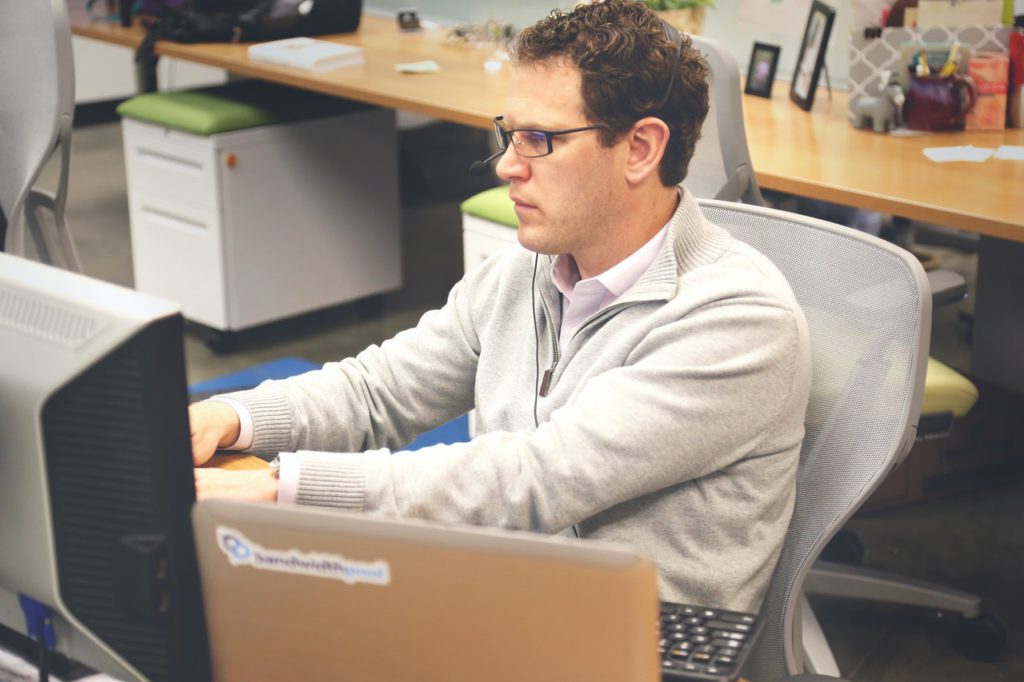
It’s not just how technology has developed, too. We’ve been conditioned to sit down since we were young [4]. From having proper manners in school to the office, sitting still shows respect and discipline. We grew up thinking sitting down equals behaving, but it’s actually detrimental to our health.
In total, the average American spends more than half of their day sitting—a whopping 15 hours every single day [5]. This figure doesn’t even consider the coronavirus pandemic, which forced us into working from home—effectively decreasing our body movements even more [6].
Moreover, while many of us resort to doing some type of workout once a day, you can’t “make up” for the lost movement in one go [7], because our bodies should move regularly. To quote Katy Bowman, biomechanist and author of the best-selling book, Move Your DNA, “There is more to movement than exercise” [8].
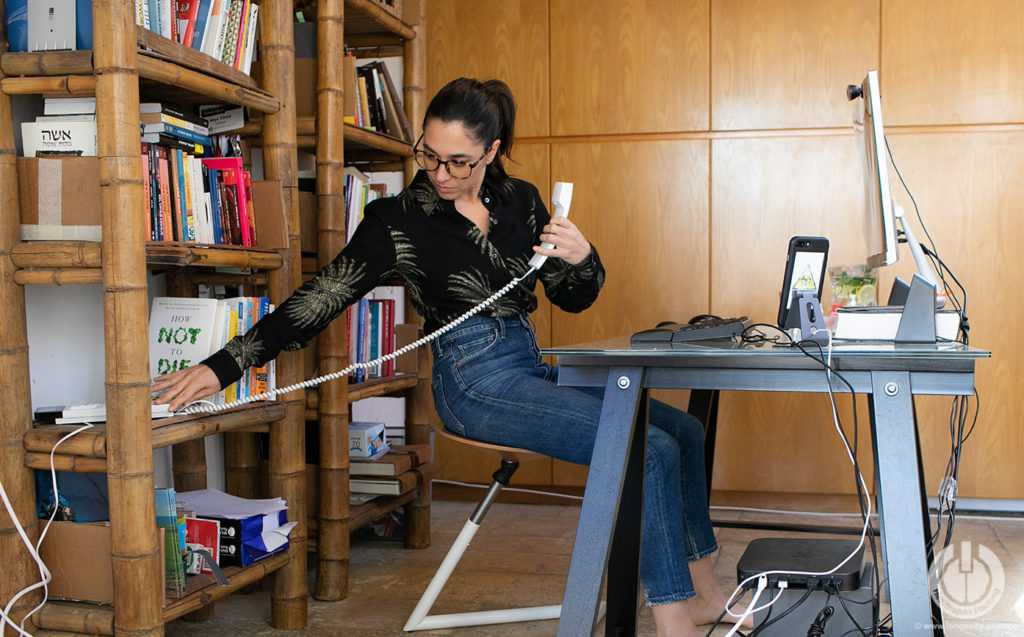
You’ll need to find a way to move constantly—which is what this article will help you achieve.
How Not Moving is Harmful
Let’s take a closer look at how a sedentary lifestyle or lack of regular movements negatively affects your physical health, mental state, and overall quality of life.
Higher Chances of Chronic Diseases
Obesity. Not moving regularly limits the number of calories you burn, which leads to an increase in weight gain and often results in obesity. Plus, once you’re overweight, research shows that people with obesity sit even more than people with average weight [9], putting you in a downward spiral.
Diabetes. Sedentary lifestyles also increase your risk of type 2 diabetes by 112% [10, 11]. This is because sitting for long periods without limiting your calorie intake causes an increase in insulin resistance—a key driver of type 2 diabetes [12].
Heart Diseases. Moreover, you increase the chances of having cardiovascular diseases by 147% and the risk of cardiovascular mortality by 90% [11]. You’re more likely to experience coronary artery diseases, heart attacks, higher blood pressure, and strokes if you don’t move your body enough [13].
Poorer Mental Health
Depression and Anxiety. Not only are you affecting your physical wellbeing, but being sedentary also increases the risk of developing mental health disorders like depression, anxiety, and stress [14, 15]. These researches aren’t talking about just being sad, but clinical disorders identified by physicians.
Increased Mortality Rate
Accelerated Aging. A study shows that women who spend most of their day sitting and doing minimal exercises had biologically older cells by eight years more than their actual age [16]. Moreover, those who sit upwards of 10 hours and participate in less than 40 minutes of physical activities every day had shorter telomeres—the part of DNA strands that protects chromosomes from getting older.
Early Death. There is a 71% increase in the mortality rate for those who spend more than 6 hours a day sitting [17]. Even with significant exercising, sitting for 5-6 hours a day increases your mortality rate by 50% [18]. Physical inactivity is also the fourth leading risk for global mortality [19].
The message is clear: There are serious health effects of not moving. It kills us and makes us sick—the complete opposite of how we may perceive extended periods of rest to be.
In reality, constant movement is the key to a healthy body.
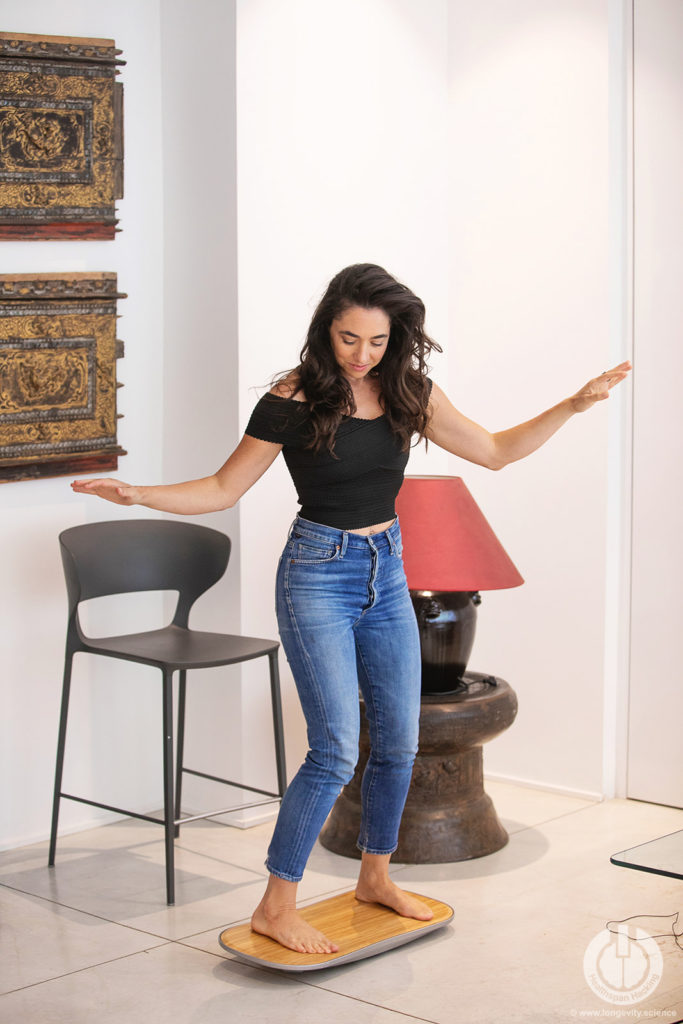
How to Stop Being Sedentary
It’s not easy to move all the time in our modern world today. “Human beings evolved as a walking entity, exploring the world on our feet,” said James Levine, MD, the author of Move a Little, Lose a Lot [20].
But the reality is that we’re now glued to our screens to work, socialize, and even entertain ourselves.
So how can we change our sedentary lifestyle to engage our bodies like we’re supposed to? Check out these steps to incorporate movement and start living a healthier life:
Practice Functional Movements and Patterns
Functional movement exercises enhance your ability to do everyday movements.
“These are normalized, neurodevelopmental sequences that we see from birth on. It’s basically what human beings have to do in order to live life every day,” says John Rusin, DPT, strength coach and sports performance therapist [21].
So, try to make these movement patterns [22] regularly:
- Squats: Lower yourself and use your ankles, knees, and hips to drive yourself back up. Squatting helps you develop muscles for multiple vertical levels throughout your day.
- Lunges: Known as a “traveling squat,” lunges engage your lower body into a single-leg stance. This practice helps your balance and control, one leg at a time.
- Hinges: Contrary to “lifting with your knees,” hinges develop your core and back muscles to lift heavy objects. Lift weights by leaning and raising your torso like a drawbridge.
- Pushes and Pulls: Practice pushing and pulling something away and nearer to you. Have a combination of both vertical and horizontal versions to heighten your overall balance.
Carries: Develop dynamic stability by engaging your entire body in carrying heavy objects. The idea is that you shouldn’t feel the burn in just one area, but your whole body.
Additionally, enhance any of the functional movements by adding rotation to the pattern. You want to transfer power from your lower half to your upper half through your core, getting your body to function as one unit for full-body stability.
Start Using a Standing Desk
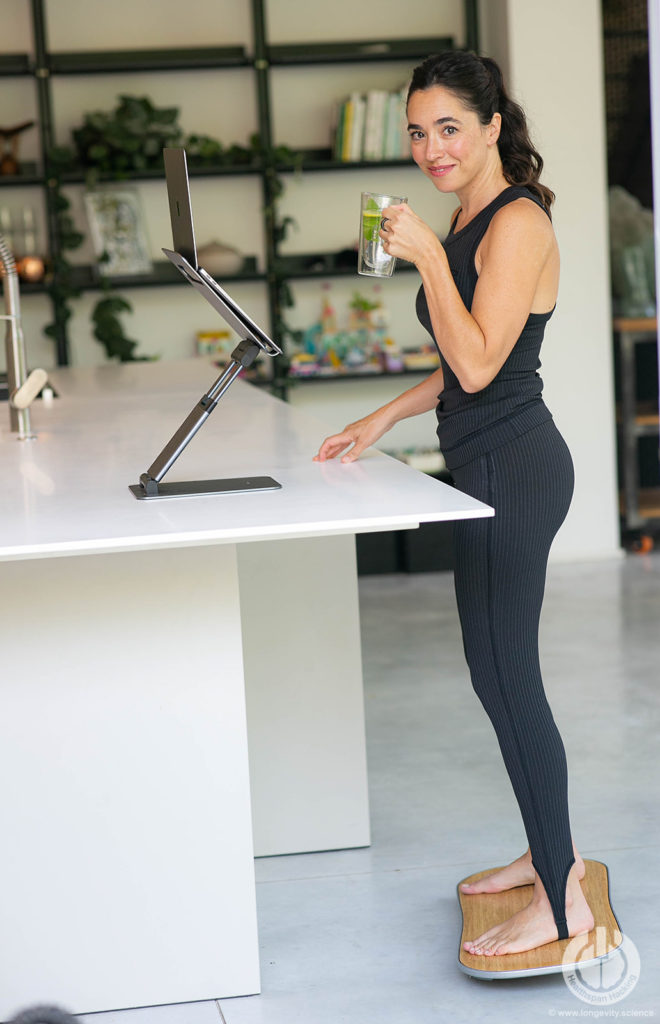
For a more seamless integration of movement into your working life, switch to a standing desk so you can get into an upright position without interrupting your workflow. You’ll be able to adjust the height of your table whenever you need to take a break from sitting.
Here are a few tips for using a standing desk:
- Set intervals to alternate between sitting and standing with your desk. A good ratio to keep in mind is 1:1 or 2:1, which means you should stand around 30 to 45 minutes per hour of sitting [23].
- Ensure that the position of your keyboard allows your elbows to sit at a 90-degree angle [24].
- Attach arm supports to your desk to reduce the pressure on your mouse-controlling wrist [24].
- Relax your neck and shoulders and shift your weight from one foot to another to minimize strain.
- Don’t slouch or lock your knees to prevent any injuries from standing for an extended time.
Ensure that you’re not standing too long, because that’s just as harmful as sitting too much. Instead, use standing desks correctly to help your blood circulation, engage your muscles, and boost your mood.
Exercise with Balance Boards
Another neat item you can try out is balance boards—a fitness tool for strength and balance training [25].
A balance board has a flat top and a dome-shaped bottom, allowing the board to shift in multiple directions. Since the base is unstable, you’ll have to use your muscles to maintain balance.
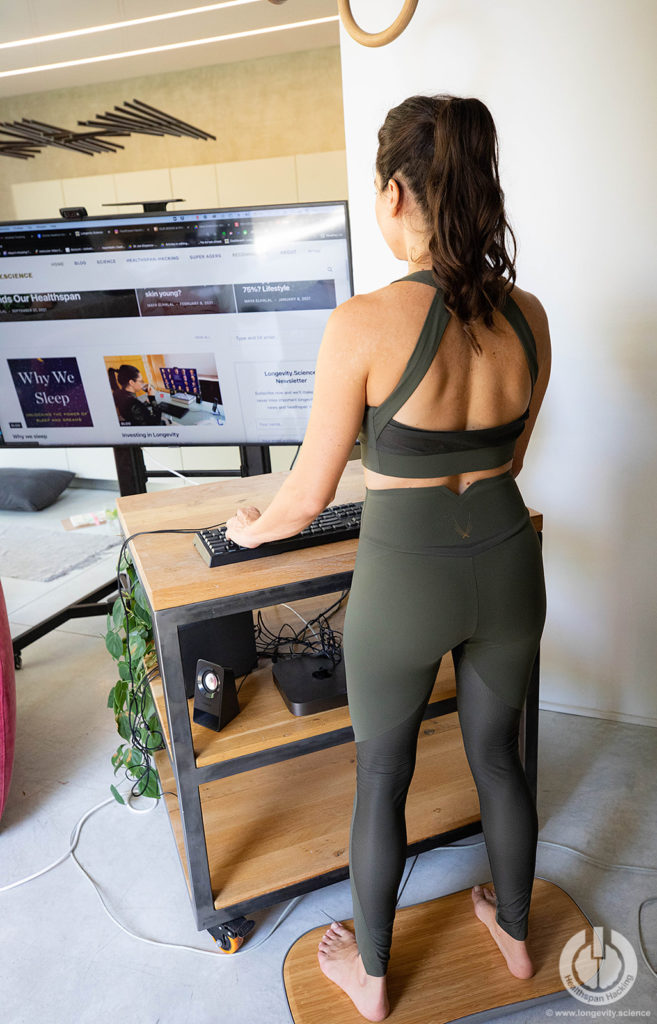
Here are some ways you can use a balance board:
- Balancing: Step up to the board with your feet hip-distance apart. Tilt the board forward and backward, having it touch the floor without you falling over. Next, try doing it from side to side. Shift your body weight from left to right, slowly feeling the floor while keeping your balance.
- Squats: While standing on top of the board, do mini squats to engage your lower body muscles and core strength. Place your arms in front and lower yourself while maintaining your balance.
- Planking: Get into plank position—but with your hands on the balance board. Use your core muscles, slightly bend your elbows, and maintain a steady position.
- Push-ups: Do push-ups on the balance board to engage your core and upper body muscles. Keep your hands on the sides, bend your elbows to lower yourself, and return to the starting position while keeping balance.
You can do many other exercises with a balance board, but these simple ones should get you started. Balance boards use your body weight to develop strength and balance, increasing your physical capability to do everyday tasks.
Stop Sitting Yourself to Death
Sedentary lifestyles are not natural. It increases your chances of getting chronic diseases, gives you poorer mental health, and increases your mortality rate.
No, our bodies should move around—at least once every 30 minutes.
You need to bring movement back to your life to extend your health span, improve your quality of life, and enjoy the world like you’re supposed to. So practice functional movements, start using a standing desk, and exercise with balance boards to give yourself a better life—one motion at a time.
Need more help in breaking free from your sedentary lifestyle?
Subscribe to our newsletter for important longevity science news and health span hacks!
Citations
[1] Wilmot EG; Edwardson CL; Achana FA; Davies MJ; Gorely T; Gray LJ; Khunti K; Yates T; Biddle SJ; (n.d.). Sedentary time in adults and the association with diabetes, cardiovascular disease and death: Systematic review and meta-analysis. Diabetologia. Retrieved September 22, 2021, from https://pubmed.ncbi.nlm.nih.gov/22890825/
[2] 25, S. C. T. | M., Team, S. C., & Team, S. C. (2021, June 3). How much sleep does the average AMERICAN GET? The Checkup. Retrieved September 22, 2021, from https://www.singlecare.com/blog/news/sleep-statistics/
[3] Bureau, U. S. C. (2021, March 18). Census bureau estimates show average one-way travel time to work rises. The United States Census Bureau. Retrieved September 22, 2021, from https://www.census.gov/newsroom/press-releases/2021/one-way-travel-time-to-work-rises.html#:~:text=In%202019%2C%20the%20average%20one,about%2010%25%20over%2014%20years
[4] Blatt-Gross, C. (2015, January 3). Why do we make students sit still in class?. CNN. Retrieved September 22, 2021, from https://edition.cnn.com/2014/03/30/living/no-sitting-still-movement-schools/index.html
[5] Leech, J. (2019, June 19). Is sitting too much bad for your health?. Healthline. Retrieved September 22, 2021, from https://www.healthline.com/nutrition/why-sitting-is-bad-for-you#prevalence-of-sitting
[6] Zheng, C., Huang, W. Y., Sheridan, S., Sit, C. H.-P., Chen, X.-K., & Wong, S. H.-S. (2020, August 19). COVID-19 pandemic brings a sedentary lifestyle in Young Adults: A cross-sectional and longitudinal study. International journal of environmental research and public health. Retrieved September 22, 2021, from https://www.ncbi.nlm.nih.gov/pmc/articles/PMC7503726/
[7] Duvivier BM; Schaper NC; Bremers MA; van Crombrugge G; Menheere PP; Kars M; Savelberg HH; (n.d.). Minimal intensity physical activity (standing and walking) of longer duration improves insulin action and plasma lipids more than shorter periods of moderate to vigorous exercise (cycling) in sedentary subjects when energy expenditure is comparable. PloS one. Retrieved September 22, 2021, from https://pubmed.ncbi.nlm.nih.gov/23418444/
[8] Kuklovskai︠a︡ Elizaveta. (n.d.). DP. Amazon. Retrieved September 22, 2021, from https://www.amazon.com/dp/B0718X8N7H/ref=dp-kindle-redirect?_encoding=UTF8&btkr=1
[9] Levine JA; Lanningham-Foster LM; McCrady SK; Krizan AC; Olson LR; Kane PH; Jensen MD; Clark MM; (n.d.). Interindividual variation in posture allocation: Possible role in human obesity. Science (New York, N.Y.). Retrieved September 22, 2021, from https://pubmed.ncbi.nlm.nih.gov/15681386/
[10] Park, J. H., Moon, J. H., Kim, H. J., Kong, M. H., & Oh, Y. H. (2020, November). Sedentary lifestyle: Overview of updated evidence of potential health risks. Korean journal of family medicine. Retrieved September 22, 2021, from https://www.ncbi.nlm.nih.gov/pmc/articles/PMC7700832/
[11] Wilmot EG; Edwardson CL; Achana FA; Davies MJ; Gorely T; Gray LJ; Khunti K; Yates T; Biddle SJ; (n.d.). Sedentary time in adults and the association with diabetes, cardiovascular disease and death: Systematic review and meta-analysis. Diabetologia. Retrieved September 22, 2021, from https://pubmed.ncbi.nlm.nih.gov/22890825/
[12] Krogh-Madsen R;Thyfault JP;Broholm C;Mortensen OH;Olsen RH;Mounier R;Plomgaard P;van Hall G;Booth FW;Pedersen BK; (n.d.). A 2-WK reduction of ambulatory activity ATTENUATES peripheral insulin sensitivity. Journal of applied physiology (Bethesda, Md.: 1985). Retrieved September 22, 2021, from https://pubmed.ncbi.nlm.nih.gov/20044474/
[13] U.S. National Library of Medicine. (2021, May 5). Health risks of an inactive lifestyle. MedlinePlus. Retrieved September 22, 2021, from https://medlineplus.gov/healthrisksofaninactivelifestyle.html
[14] Sánchez-Villegas, A., Ara, I., Guillén-Grima, F., Bes-Rastrollo, M., Varo-Cenarruzabeitia, J. J., & Martínez-González, M. (1970, January 1). [PDF] physical Activity, SEDENTARY index, and mental disorders in the SUN cohort Study.: Semantic Scholar. undefined. Retrieved September 22, 2021, from https://www.semanticscholar.org/paper/Physical-activity%2C-sedentary-index%2C-and-mental-in-S%C3%A1nchez-Villegas-Ara/b0869f0e2b071fe8063a180edcbd2decec7bdbae?p2df
[15] Zhai, L., Zhang, Y., & Zhang, D. (2015, June 1). Sedentary behaviour and the risk of depression: A meta-analysis. British Journal of Sports Medicine. Retrieved September 22, 2021, from https://bjsm.bmj.com/content/49/11/705
[16] Preidt, R. (2017, January 18). Too much sitting ages you faster. WebMD. Retrieved September 22, 2021, from https://www.webmd.com/healthy-aging/news/20170118/too-much-sitting-ages-you-faster
[17] Patel, A. V., Bernstein, L., Deka, A., Feigelson, H. S., Campbell, P. T., Gapstur, S. M., Colditz, G. A., & Thun, M. J. (2010, July 22). Leisure time spent sitting in relation to total mortality in a prospective cohort of us adults. OUP Academic. Retrieved September 22, 2021, from https://academic.oup.com/aje/article/172/4/419/85345
[18] Melville, N. A. (2014, January 12). Sedentary behavior associated with higher mortality. Medscape. Retrieved September 22, 2021, from https://www.medscape.com/viewarticle/744006
[19] U.S. National Library of Medicine. (1970, January 1). Physical activity for health. Global Recommendations on Physical Activity for Health. Retrieved September 22, 2021, from https://www.ncbi.nlm.nih.gov/books/NBK305049/
[20] Levine, J., & Yeager, S. (2009). Move a little, lose a lot. Amazon. Retrieved September 22, 2021, from https://www.amazon.com/Move-Little-Lose-Lot-T/dp/0307408558
[21] Exercise science & injury prevention. Dr. John Rusin – Exercise Science & Injury Prevention. (2021, August 10). Retrieved September 22, 2021, from https://drjohnrusin.com/
[22] 6 essential functional movements. Oxygen Mag. (2020, June 17). Retrieved September 22, 2021, from https://www.oxygenmag.com/training-tips-for-women/6-essential-functional-movements/
[23] How to use a standing desk correctly – full tutorial. ergonofis. (2020, June 26). Retrieved September 22, 2021, from https://ergonofis.com/blogs/news/how-to-use-my-sitstand-desk-correctly
[24] Leech, J. (2017, June 18). 6 tips to use a standing DESK CORRECTLY. Healthline. Retrieved September 22, 2021, from https://www.healthline.com/nutrition/6-tips-for-using-a-standing-desk#TOC_TITLE_HDR_8
[25] Brachman A;Kamieniarz A;Michalska J;Pawłowski M;Słomka KJ;Juras G; (n.d.). Balance training programs in athletes – a systematic review. Journal of human kinetics. Retrieved September 22, 2021, from https://pubmed.ncbi.nlm.nih.gov/28828077/

